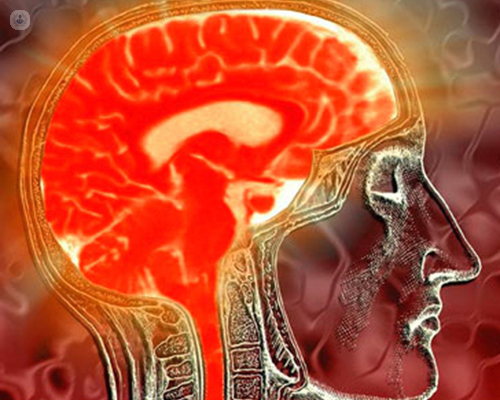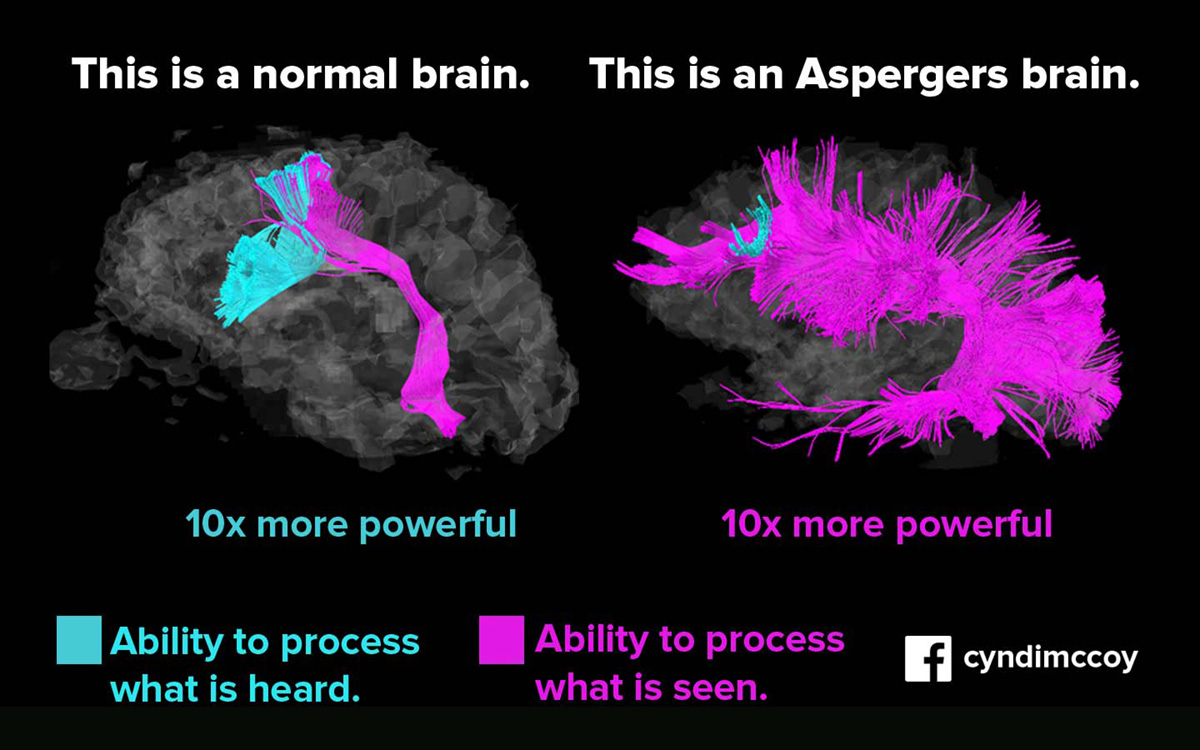

When pain is constant or chronic, the brain and nervous system go on “high alert,” becoming more sensitive.The brain analyzes this information coming from the body to determine if there is a threat to the body and whether action needs to be taken to prevent harm.When you are injured or develop a painful disease, nerves send information from the problem area to the brain.Anyone can develop chronic pain, at any age.

Chronic pain is likely not warning you of possible injury or danger instead, the pain centers in the brain may be causing you to hurt even though there are no new causes of pain occurring in the body. Often, those who have chronic pain believe they have an ongoing disease or that their body has not healed, when this may not be the case. Signaling pain in this manner is the body’s way of protecting us and is a good thing.Ĭhronic pain is any discomfort or unpleasant sensation that lasts for more than 3 months – or beyond an expected normal healing time. This can cause you to seek medical attention – diagnosis and treatment – for what may be a serious condition. In some cases, the danger messages may be due to some disease process, and your brain may interpret those messages as pain. A sore foot can signal a need to change your footwear. For instance, if we touch a hot stove, the body sends a danger message to the brain that there is a threat to tissues in order to prevent further injury. It is a warning that tissue damage has occurred or may occur, or to help us prevent injury or disease. Pain can be acute or chronic.Īcute pain lasts for a short time – up to 12 weeks.

Pain is an unpleasant sensation that we usually associate with injury or tissue damage, but can actually be present in the absence of tissue damage as well. With treatment, the negative effects of chronic pain can be reduced.įor more resources on pain, and use of opioids for pain management, visit the APTA website’s Health Center on Pain and Health Center on Opioid Use for Pain Management. Physical therapists work together with chronic pain patients to lessen their pain, and restore their activity to the highest possible levels. In some cases, chronic pain can lead to decreased activity levels, job loss, or financial difficulties, as well as anxiety, depression, and disability. With chronic pain, however, pain is created in the nervous system even after physical tissues have healed.Ĭhronic pain affects each person experiencing it differently. Some diseases, such as cancer and arthritis, cause ongoing pain. While any condition can lead to chronic pain, there are certain medical conditions more likely to cause chronic pain. The cost in the United States is $560–$635 billion annually for medical treatment, lost work time, and lost wages. It is estimated that 116 million Americans have chronic pain each year. This condition can and often does occur independently of any actual body tissue damage (due to injury or illness), and beyond normal tissue healing time. Chronic pain is a condition that occurs when the brain concludes there is a threat to a person’s well-being based on the many signals it receives from the body.


 0 kommentar(er)
0 kommentar(er)
